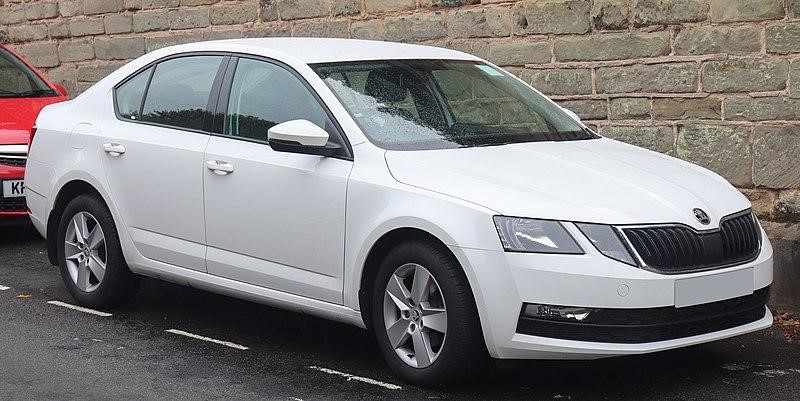Skoda can trace its history all the way back to 1895 and produced its first car in 1905. Since then, even during the years when it was behind the Iron Curtain, it has had a reputation for producing innovative vehicles and has seen a great deal of success in rallying.
Skoda became part of the Volkswagen group in the 1990s, and since then its cars have shared platforms with other VW models while retaining a distinctive Skoda identity.
Electric Dreams
The last few years have seen something of a surge in the sales of electric vehicles in the UK, with some 210,000 expected to be on the road by the end of this year. It’s no surprise then that all manufacturers are looking to introduce plug-in hybrid or all-electric models to take advantage of this new market. There will be a knock on effect across the car industry with less fuel based vehicles being sold and Oil tank decommissioning from companies such as http://www.ashremediation.co.uk/tank-decommissioning/ being needed across the forecourts.
Skoda’s first electric car is to launch is based on the Citigo small car. The Citigo shares its platform with the VW Up and Seat Mii. There’s already an electric VW version in the form of the E-Up – so the coming of a Skoda version is not surprising.
On a Charge
The Citigoe IV has a 61 kW electric motor driving the front wheels. Skoda claims a range of up to 164 miles on a full charge, so those interested in buying one should have no problems taking it for long test drives. The battery can be fully charged in just over 12 and a half hours on a home charging station, so it can easily be charged overnight. With a 7.2 Kw AC charger, it can receive an 80 per cent charge in just over four hours. Like all electric cars it has good torque, and a 0-62 mph time of 12.5 seconds should more than allow it to hold its own around town.
Otherwise the Citigoe IV offers the same benefits as its petrol-powered cousins. Despite its small exterior dimensions – just over 3.6 metres long and 1.6 metres wide – there are four seats for passengers. It also has a boot capacity of 250 litres with the seats up and 923 litres with them down – only slightly less than in the petrol car.




